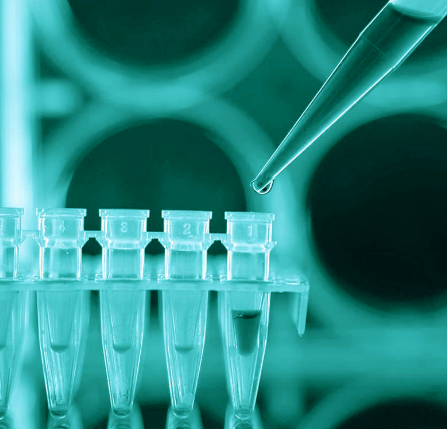
Benefits of miniaturized PCR:
- It reduces the cost of doing PCR by using less sample and reagents.
- It increases the reliability and reproducibility of experimental results by minimizing the errors and cross-contamination that can occur with manual pipetting.
- It enables high-throughput screening and assay development by allowing for more data points from a single sample or a large number of samples.
- It makes research more sustainable by reducing the amount of single-use plastic waste generated by laboratories.
Miniaturized PCR can have significant benefits in terms of cost savings, waste reduction, and efficiency. According to some sources, miniaturizing PCR can reduce the cost of doing PCR by using less sample and reagents, increase the reliability and reproducibility of experimental results by minimizing the errors and cross-contamination, enable high-throughput screening and assay development by allowing for more data points from a single sample or a large number of samples, and make research more sustainable by reducing the amount of single-use plastic waste generated by laboratories1.
Examples of cost savings from miniaturizing PCR:
- One study showed that switching from manual PCR setup to a low volume dispenser allowed the same experiments to be done in 2X less time, using 5X less reagents and primers, and 200X less sample.
- Another study compared the sequencing outcomes, cost and turn-around times obtained using the standard Illumina DNA Prep kit protocol to three modified protocols with fewer clean-up steps and different reagent volumes (full volume, half volume, one-tenth volume). The results showed that the one-tenth reaction reduced the cost for the Illumina DNA Prep library preparation by USD66 per sample; a drastic reduction in the cost. In addition, the time from extraction to sequencing for the one-tenth rapid reaction was reduced by 3.5 hours.
- A third study assessed the cost savings and waste reduction from pharmacogenomics and precision medicine. The data revealed that unnecessary health care utilization resulting from nonoptimized medicine (based on genetic testing) costs an estimated $1000 to $3000 annually per patient. These savings could be achieved by implementing pharmacogenomics testing in clinical practice
You can scale down existing protocols by dispensing proportionally lower reagent volumes. An automated reagent dispenser makes this very easy. The cost of the dispenser pays for itself in no time with reagent savings.
